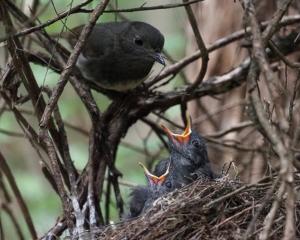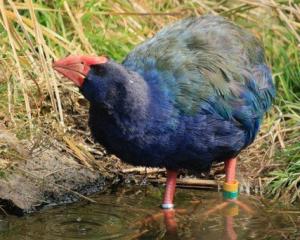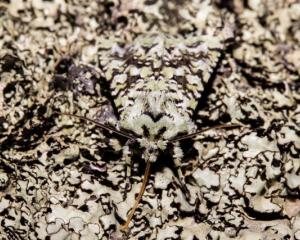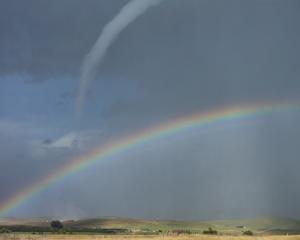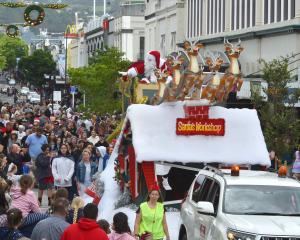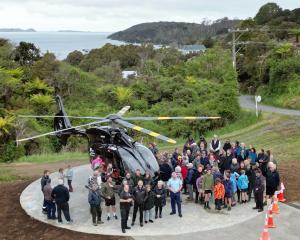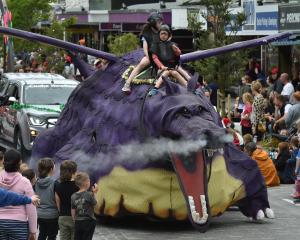When I signed on as Orokonui’s conservation manager in 2006 I knew it wasn’t going to be a normal nine-to-five job. After all, helping to establish a conservation project with a 500-year vision was always going to be an an emotional rollercoaster.

But with the highs there are always the lows.
Frequent storms have threatened the integrity of the fence and introduced mammals put constant pressure on our precious sanctuary and, within its bubble, myriad sensitive wildlife.
Then enter a pandemic and over the past month I have been the main essential worker to be allowed on site to look after the sanctuary. With no other humans present and with a lot of one-on-one time with various rare animals, it’s been a deeply profound experience.
In the history of Orokonui nothing compares to the current challenge as Covid-19 threatens the financial foundations of our sanctuary. Revenue from admissions to the sanctuary, from events and venue hire, and from our cafe, shop and education programme represent about 60% of our total revenue — a vital component of the funds needed to support our operations. Prior to Covid-19 this was a strength: we were tracking towards a goal of increased financial self-sufficiency. Today we are forecasting a 40% reduction in these sources of revenue — this equates to the loss of a six-figure number over the next 12 months, followed by several lean years to build it back up. This is the single biggest challenge that we have ever faced.

Upgrades to the fence, years in the planning and that were well under way, have ground to a halt.
However, while we are closed to the human-centred activities, we simply can’t shut down totally and walk away from why Orokonui exists in the first place — the wildlife. There are essential tasks associated with animal husbandry and biosecurity that need daily attention.
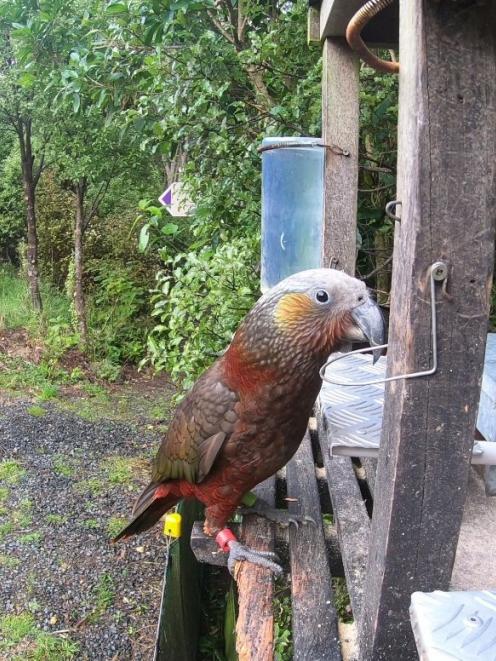
Then there is Xena, a rehabilitating kakapo and, OK, I’m in love with her. While a truly wild bird she has been in captivity for many months recovering from a life-threatening leg injury. During feeding and visual checks almost every day, I’ve become very fond of this amazing critter and I will quickly admit that I will miss her when she does leave us.
In contrast, our special fence demands my attention in a blunter way — through surveillance alarms and hands-on inspections during inclement weather. Over the years the fence and I have become inseparable — literally — as I’ve spent more than a third of that time being on call 24 hours a day for this most unique of structures. And just like any long-term relationship, it needs regular maintenance, a wee bit of TLC, and yes, there are also breaks that need to be fixed — in this case normally a weld on the fence mesh.
Introduced mammal monitoring and trapping is another essential task being undertaken. We learnt the hard way what can happen with incursions when in 2015 stoats invaded the sanctuary and effectively eradicated our saddleback population. With so many threatened and vulnerable species inside the sanctuary the repercussions of failure are huge and we must remain vigilant.
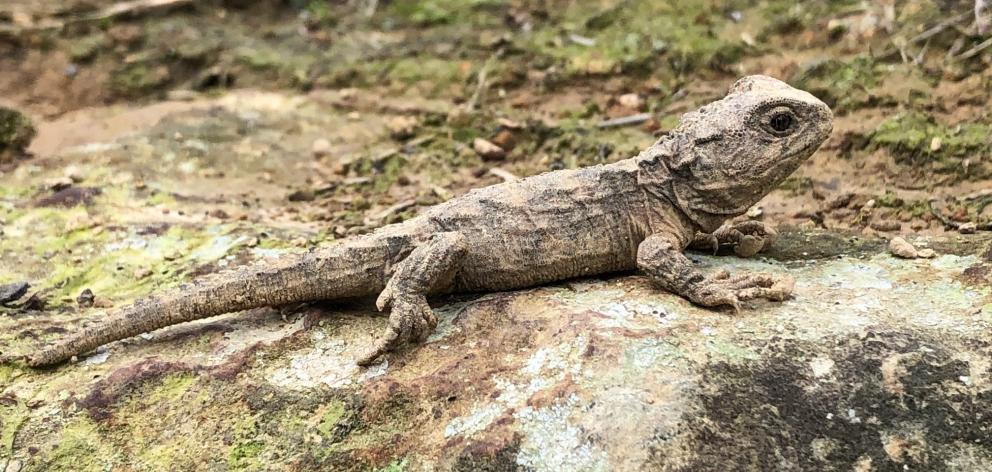
Orokonui’s vision has always stretched far into the future and it plans to be here in hundreds of years’ time. As our prime minister says, we are in this together and kaitiaki is best shouldered by us all. I have no doubt that our staff, volunteers, trust, our board, and most importantly the people of Dunedin and friends afar will continue to support Orokonui and its precious wildlife during the most challenging time in its history.


